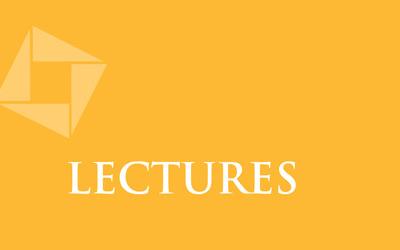Geometric Reductivity
Abstract:
One of the main aspects of moduli problems is the construction of quotients modulo actions of algebraic groups. The main tool is still the Geometric Invariant Theory of David Mumford and a conjecture he made. The aim is to give some idea of its proofs. For a good part of the talk a knowledge of tensor products and rudiments of algebraic groups would suffice.
About the speaker:
C. S. Seshadri obtained his Ph.D. from Bombay University in 1958 under the supervision of K. Chandrasekharan. He spent the years 1957 - 1960 in Paris, interacting with the French school of algebraic geometry. Seshadri worked at the School of Mathematics of the Tata Institute of Fundamental Research in Bombay from 1960 to 1984. From 1984 to 1989, he worked at the Institute of Mathematical Sciences in Chennai. From 1989 to 2010, he was the Founding Director of the Chennai Mathematical Institute (CMI). He continues to be a part of CMI as Director-Emeritus from 2011 onwards.
Seshadri's main research area is algebraic geometry. His contributions have been central to the study of moduli problems, geometric invariant theory and the representation theory of algebraic groups. Seshadri's seminal work with M. S. Narasimhan on vector bundles led to the Narasimhan-Seshadri theorem, which relates representations of the fundamental group to holomorphic vector bundles. In his work on geometric invariant theory and Schubert varieties, he initiated a program called standard monomial theory, building on earlier work of Hodge. Seshadri's contributions include the creation of the Chennai Mathematical Institute.
In recognition of his work, Seshadri has received the Padma Bhushan, the Shanti Swarup Bhatnagar Award, the Srinivasa Ramanujan Medal, and the TWAS Science Award. He is a Member of the US National Academy of Sciences, and a Fellow of the American Mathematical Society, the Indian Academy of Sciences, the Indian National Science Academy, and the Royal Society.
This lecture is part of the program Moduli of bundles and related structures.


